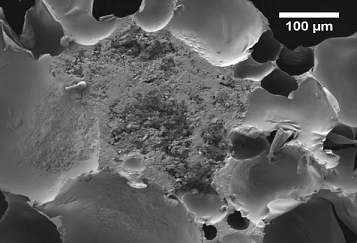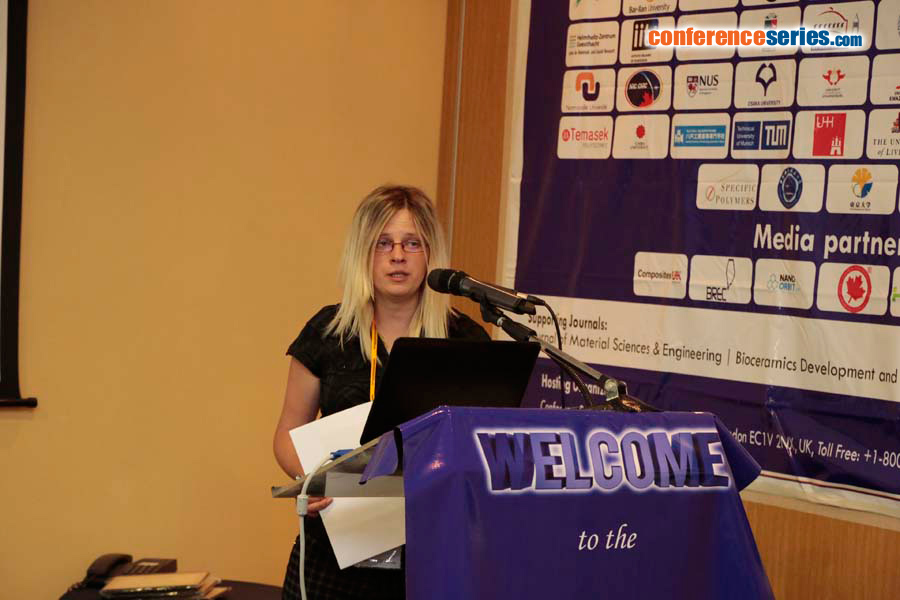
Agne KairytÄ—
Vilnius Gediminas Technical University, Lithuania
Title: Mechanical and thermal properties of propylene glycol extended and paper waste sludge modified polyurethane foams
Biography
Biography: Agne KairytÄ—
Abstract
Polyurethane and polyisocyanurate foams based on vegetable oil polyols are characterised by low thermal stability, high flammability, sensitivity to higher temperatures and lower mechanical performance. The strength may be increased by reducing the cells size, thermal stability and flammability characteristics by using fire retardant materials. There are four species of fire retardants: inorganic fillers, organic phosphorous compounds, nitrogen-based materials, halogenated materials and materials which act as a barrier for flame spread. Organic phosphorous compounds consist of phosphorus and in halogenated materials; carbon forms chains with chlorine and bromine. These fire retardant materials are not biologically degradable and tend to accumulate in the environment. Since halogenated and brominated fire retardant materials are toxic and will not be used in the near future, new ways how to replace such materials with environmentally and to human health friendly materials are of great importance; consequently, in order to improve thermal stability, flammability as well as strength characteristics, organic and inorganic materials or combination thereof are used. Pollution prevention in paper production industry is a worldwide aspiration. One of the main aims of European Commissions and Directives is to transform EU countries into recycling community which is capable of reducing accumulation of waste and using them in different processes. Paper waste sludge is the main and the biggest by-product in paper production process, and its elimination as well as destruction is a primary environmental protection problem. Previous researches have shown that paper waste sludge is porous and its nature – inorganic; however, there is no information on the direct usage in polymeric thermal insulating materials or their composites. The aim of this study is to test paper waste sludge as fire retardant and mechanical properties improving filler in thermally stable polyurethane foam composites from rapeseed oil polyol and water as the sole blowing agent.

Speaker Presentations
Speaker PPTs Click Here


